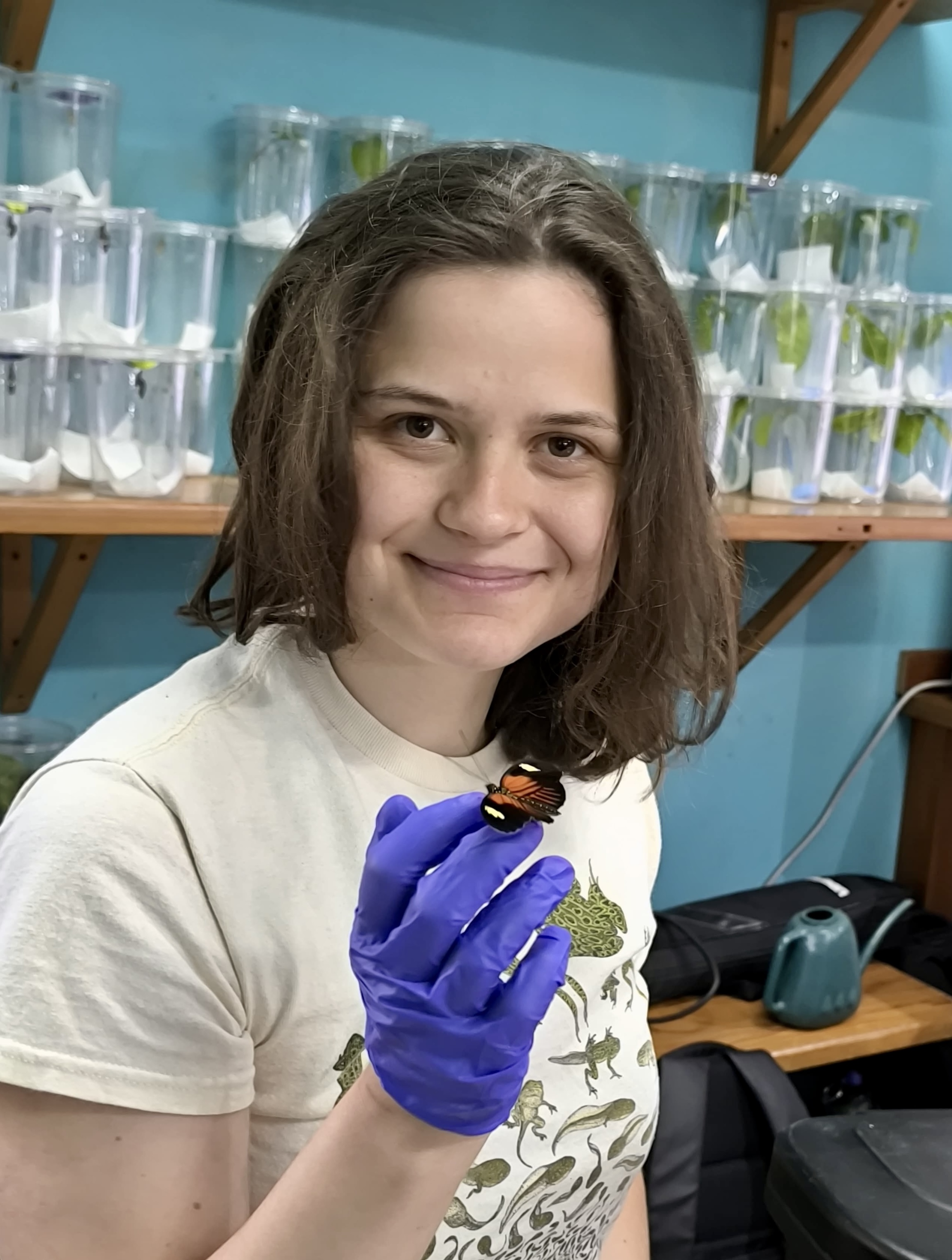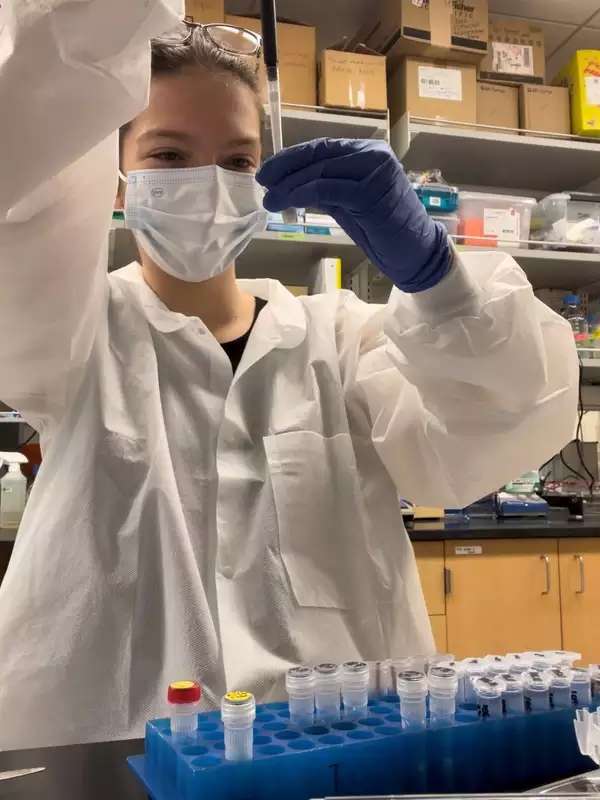This summer, I am interning at the Smithsonian Tropical Research Institute in the Ecological and Evolutionary Genomics Lab in Gamboa, Panamá. Under the guidance of Principal Investigator Dr. Owen McMillan, our lab focuses on the study of speciation and adaptation across various organisms, with an emphasis on butterflies. We also maintain a large collection of butterfly stocks and have dedicated garden facilities for raising and observing butterflies. A major question in developmental biology is how cells in an organism, all containing the same genetic information, can develop into different types of cells. My research aims to uncover the developmental processes that lead to the diverse wing patterns seen in Heliconius butterflies. Despite the wide variety of Heliconius wing patterns, their intricate designs come from the alteration of three cell types (red, black, and yellow wing scales). As these wing patterns are formed on a flat surface of non-migrating cells, this is a simpler system to study the complex question of how genes interact during development.
I am part of a team using the CRISPR-Cas9 gene-editing technology to study wing development in Heliconius melpomene and Heliconius numata butterflies. Currently, I am learning to inject butterfly eggs with the CRISPR-Cas9 complex and guide RNAs. We are focusing on knocking out the gene ivory and its two associated microRNAs. Previous knockouts in this region in other species of butterfly have resulted in black wing scales being replaced by white wing scales. We aim to identify the exact region causing this change in coloration and understand how this change varies between different species of butterflies and different colored scales. In the coming weeks, we will continue injecting butterfly eggs from various Heliconius melpomene and Heliconius numata subspecies and raising the caterpillars to adulthood. Once the butterflies emerge, we will use R to analyze their colors and patterns. The aim of this research is to learn more about how genes interact throughout development and how cells differentiate from one another.



